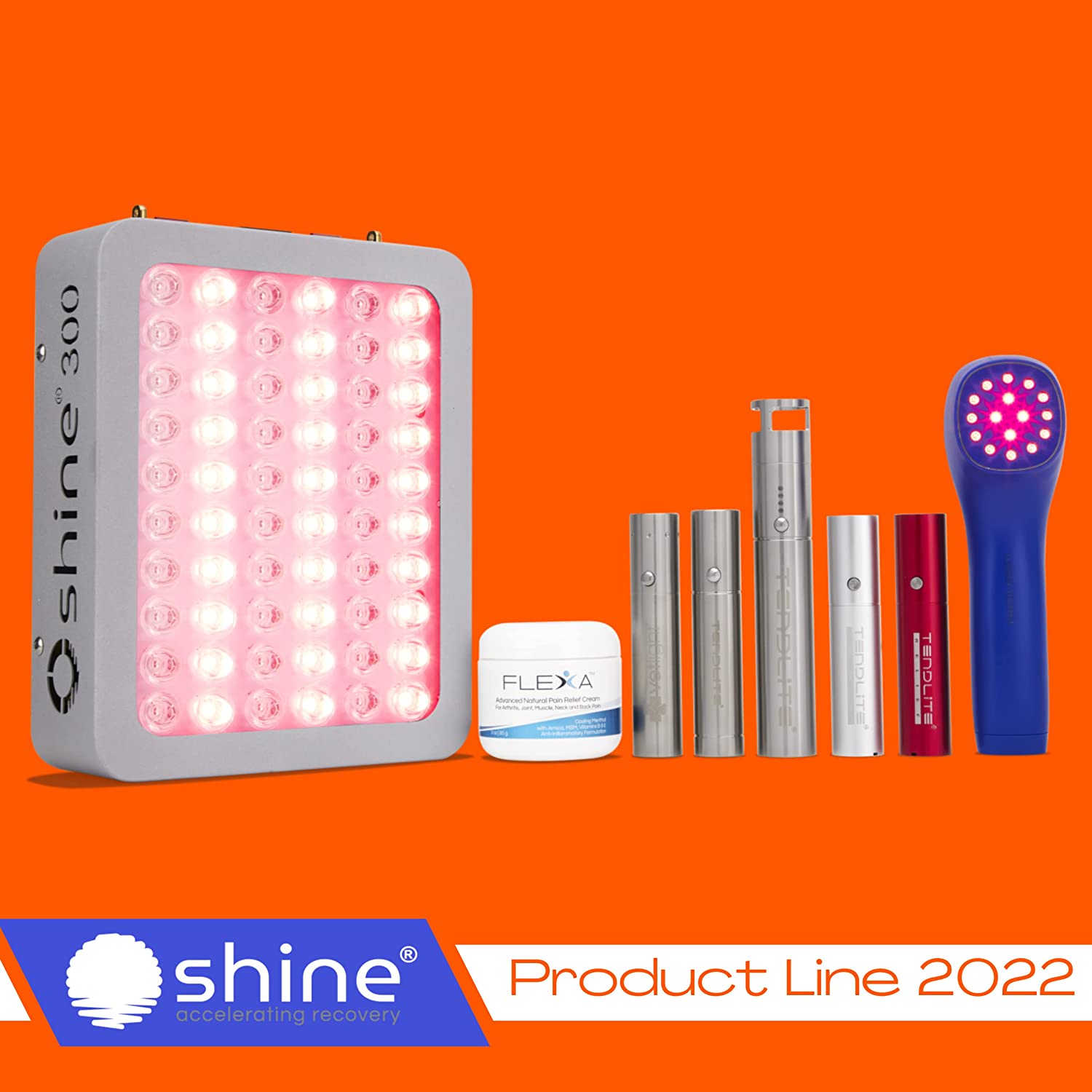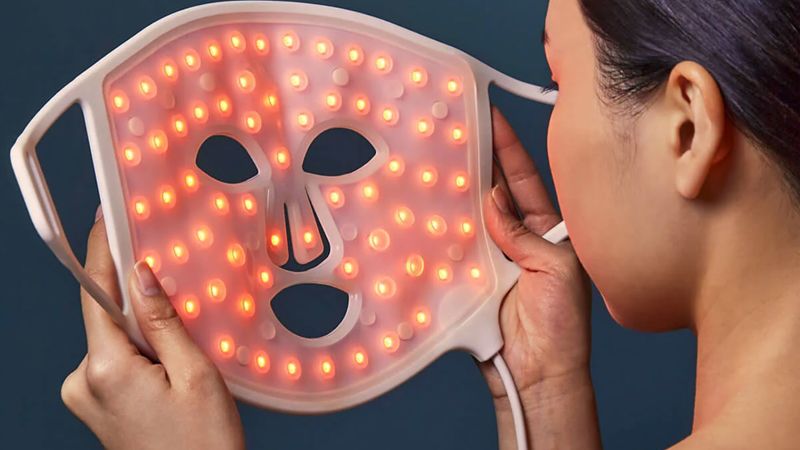The Scientific research Behind Photobiomodulation: Illuminating Therapeutic Pathways
Wiki Article
Opening the Potential of Photobiomodulation: A Promising Method for Healing Treatment
Are you curious concerning the possibility of photobiomodulation for restorative treatment? Picture a circumstance where a person struggling with persistent discomfort locates alleviation through a non-invasive treatment that uses light. This is exactly what photobiomodulation offers. It is a promising method that harnesses the power of light to stimulate healing and decrease inflammation in numerous medical problems. By targeting details mobile processes, photobiomodulation has shown prospective in increasing injury recovery, decreasing discomfort, and advertising cells regeneration. In this intro, we will discover the mechanisms of activity, applications in medicine, and the existing proof supporting the efficacy of photobiomodulation. Furthermore, we will go over future instructions and possible challenges in opening its complete capacity as a restorative intervention.Recognizing Photobiomodulation
To understand photobiomodulation, you require to comprehend the principle of exactly how light treatment can straight influence cellular processes in your body. Photobiomodulation, likewise known as low-level light therapy, is a non-invasive therapy that uses details wavelengths of light to stimulate biochemical reactions in your cells.The restorative impacts of photobiomodulation are significant and have been studied thoroughly in various clinical fields. It has actually shown encouraging results in advertising cells repair service and regeneration, lowering swelling, relieving discomfort, and enhancing wound healing. Moreover, photobiomodulation has actually been discovered to have a positive influence on neurological problems, such as stressful mind injury and stroke, by boosting neural activity and advertising neuroplasticity.
Unlike other therapies, photobiomodulation does not generate any kind of heat or cause cells damages. It is vital to note that photobiomodulation should be carried out by trained specialists or according to the supplier's guidelines to guarantee ideal outcomes and security.

Systems of Action
In recognizing the systems of activity, you will find how photobiomodulation directly affects mobile processes with specific biochemical reactions. When light is related to the body, it is taken in by chromophores, such as cytochrome c oxidase and flavins, which exist in the mitochondria. This absorption causes a cascade of occasions that inevitably result in cellular modifications.Photobiomodulation raises the activity of cytochrome c oxidase, an essential enzyme in the mitochondria that is involved in the electron transportation chain. As a result, cellular metabolic rate is enhanced, advertising tissue repair work and regeneration.
In addition, photobiomodulation has been revealed to modulate cellular signaling pathways. It turns on numerous growth variables and indicating molecules, such as nitric oxide and responsive oxygen varieties, which play vital functions in processes like angiogenesis, inflammation, and cell expansion. These signaling paths add to the therapeutic results of photobiomodulation, advertising tissue healing and reducing discomfort and swelling.
Applications in Medicine
Explore the varied applications of photobiomodulation in medicine. Photobiomodulation, also known as low-level light treatment, is a non-invasive therapy that uses light to promote and boost mobile processes recovery. In medication, this strategy has revealed encouraging outcomes across various fields.Among the primary applications of photobiomodulation is in pain monitoring. photobiomodulation therapy. It has actually been used to ease both chronic and intense pain, including musculoskeletal conditions, neuropathic pain, and post-operative pain. By targeting the affected area with certain wavelengths of light, photobiomodulation can decrease inflammation, promote cells fixing, and give relief
Additionally, photobiomodulation has revealed potential in wound recovery. It can increase the recovery procedure by enhancing cell expansion, promoting angiogenesis, and lowering mark cells formation. This has substantial effects in the treatment of persistent wounds, such as diabetic abscess and stress sores.
In dermatology, photobiomodulation has get more been utilized for its regenerative and anti-inflammatory results. It can enhance the look of scars, lower acne sores, and promote hair development in problems like androgenetic alopecia.
Additionally, photobiomodulation has revealed assurance in neurorehabilitation. It can enhance cognitive function, enhance electric motor recovery, and help in the treatment of neurodegenerative conditions like Alzheimer's and Parkinson's.
Scientific Proof and Research Searchings For

In the field of bone and joint conditions, photobiomodulation has been found to decrease discomfort and inflammation, enhance array of activity, and increase tissue fixing. In addition, photobiomodulation has actually revealed positive results on wound healing by promoting collagen synthesis, angiogenesis, and fibroblast expansion.
Moreover, research has actually revealed that photobiomodulation can have neuroprotective and neuroregenerative impacts. It has been located to boost cognitive function, minimize neuroinflammation, and improve wikipedia reference neuronal survival and synaptic plasticity. This has important ramifications for the therapy of neurological problems such as Alzheimer's condition, Parkinson's illness, and stroke.
Future Directions and Potential Challenges
Moving ahead, it is essential to consider the future instructions and potential challenges surrounding the use of photobiomodulation as a restorative treatment. Currently, there is no consensus on the ideal wavelength, intensity, duration, and regularity of photobiomodulation treatment.An additional crucial future instructions is the advancement of cost-effective and mobile photobiomodulation tools. While current gadgets are effective, they are often cumbersome, expensive, and require expert supervision - pbm therapy. The advancement of budget-friendly and user-friendly gadgets would greatly enhance access to this therapy, permitting more people to benefit from its possible healing results
In addition, future research needs to focus on illuminating the devices underlying photobiomodulation. In spite of its expanding popularity, the specific mechanisms through which photobiomodulation applies its healing effects are not fully understood. Recognizing these mechanisms would not just enhance our understanding of the treatment but additionally aid in the advancement of more targeted and efficient interventions.
Nevertheless, there are likewise possible challenges that need to be resolved. pbm therapy. These include the demand for standard procedures, the need for properly designed scientific trials with bigger example sizes, and the demand for lasting follow-up researches. Moreover, regulatory and safety considerations have to be thought about to ensure the efficient and safe use of photobiomodulation in professional method.
Conclusion
In conclusion, photobiomodulation holds fantastic assurance as a healing treatment in medicine. Its devices of activity go to the website and professional proof suggest its potential for dealing with different conditions. However, more research study is needed to fully comprehend its benefits and address any type of potential challenges. With ongoing researches and innovations in this field, photobiomodulation has the possible to open brand-new possibilities for enhancing individual end results.Are you interested regarding the capacity of photobiomodulation for therapeutic treatment? By targeting particular mobile processes, photobiomodulation has actually shown possible in accelerating injury healing, lowering discomfort, and advertising tissue regrowth.In addition, photobiomodulation has actually shown possible in injury recovery.Relocating onward, it is important to consider the potential challenges and future instructions bordering the use of photobiomodulation as a healing intervention. With ongoing studies and innovations in this area, photobiomodulation has the prospective to open brand-new opportunities for boosting client end results.
Report this wiki page